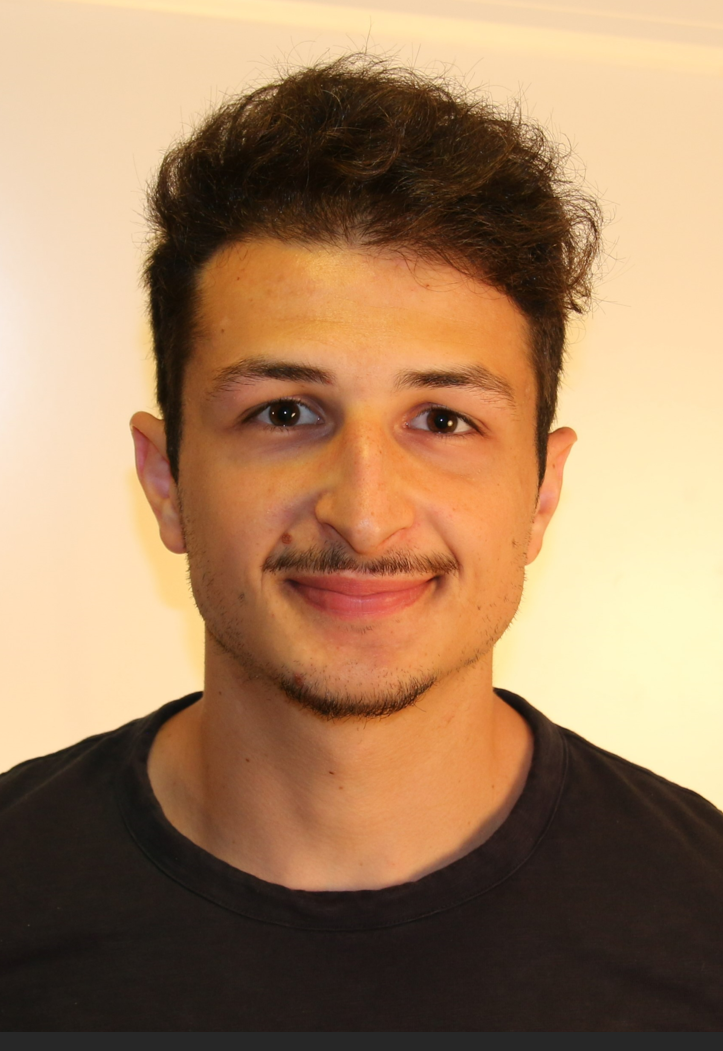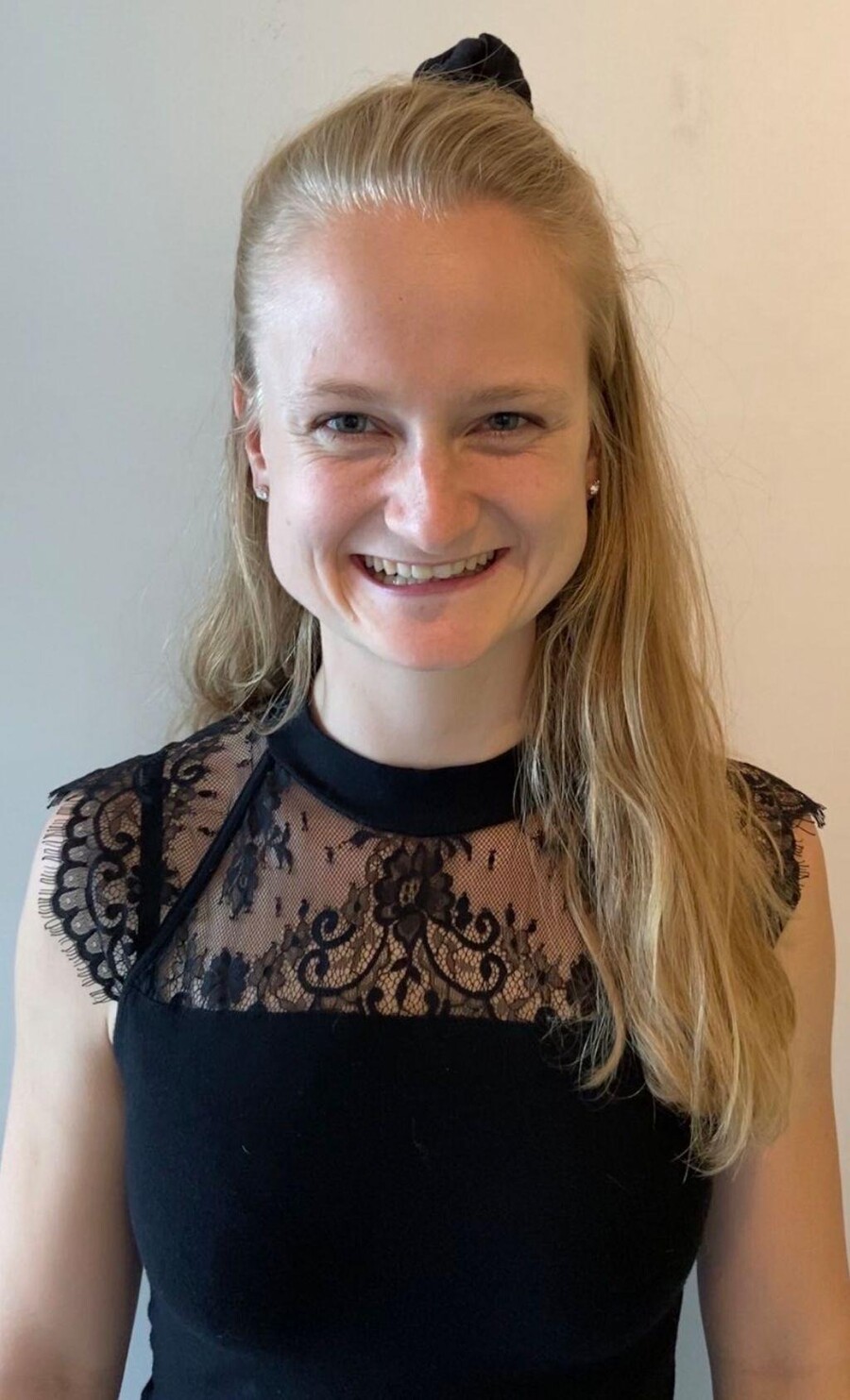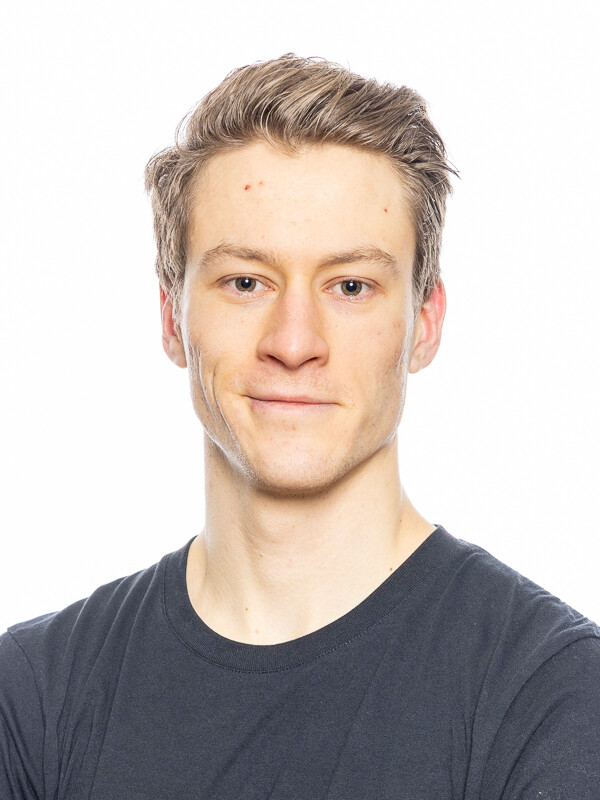Im Rahmen der 15. Jahrestagung der SGS in Zürich wurde auch in diesem Jahr der SGS Nachwuchspreis vergeben. Nach einer ersten Qualitätsprüfung der ausführlichen Abstracts durch die Jury wurden die fünf Kandidat:innen mit den höchsten Punktewerten für eine 12 minütige mündliche Präsentation mit anschliessenden 8 Minuten Diskussion zum Finale des Nachwuchspreises eingeladen. Die besten drei Nachwuchsforschende wurden schliesslich durch die SGS ausgezeichnet. Insgesamt hatten sich 14 Personen auf den Nachwuchspreis beworben.
Die Preisträger:innen sowie die vorgestellten Studien sollen an dieser vorgestellt und honoriert werden. Die SGS möchte allen Gewinner:innen herzlich gratulieren.
Nachwuchspreis 2024


1. Platz Timothée Popesco (Universität Lausanne) mit dem Votrag zu "Effects of pulse width and frequency on evoked responses in electrostimulation: comparison between three muscle groups"
Introduction: Neuromuscular electrical stimulation (NMES) is an innovative (re)training strategy to improve or restore neuromuscular function but several limitations, such as higher fatigability and discomfort might restrain its clinical implementation. The use of wide pulses (≥1 ms) and high stimulation frequencies (>80 Hz) delivered at low stimulation intensity may partly overcome these limitations by inducing an increase in force production through central (reflexive) motor unit recruitment called ‘extra force’. The aim of the study was to explore the effect of varying stimulation parameters on the NMES-evoked force in the plantar flexors, knee extensors and elbow flexors.
Methods: Sixteen volunteers (2 female, 29±6 yr) participated to three experimental sessions, one for each muscle group, where twelve 10-s NMES trains - a combination of frequencies (20, 50, 100 and 147 Hz) and pulse durations (0.2, 1 and 2 ms) - were delivered at low intensity.
Results: Extra force was significantly higher for plantar flexors than for elbow flexors at 50 Hz, 100 Hz and 147 Hz (76% vs 25%, p<0.001) and with pulse durations of 1 ms and 2 ms (74% vs 26%, p<0.001). This parameter was higher in knee extensors than elbow flexors at 100 Hz (63% vs 21%, p=0.012) and when using 1 ms (56% vs 23 %, p=0.002).
Discussion/Conclusion: WPHF NMES is a promising tool for (re)training and our results suggest that its use to induce centrally-mediated force is more pertinent in lower limb muscles, because of their slower typology and postural function. Since the effectiveness of NMES for neuromuscular adaptations depends on the amount of force generated during training, wide pulses and high frequencies should be used when implementing NMES in clinical settings and preferentially on slower muscle groups.


2. Platz Selin Scherrer (Universität Freiburg) mit dem Vortrag "Improved subjective sleep quality after three months of balance learning in older adults"
Sleep problems are common among older adults, and current treatments may be difficult to access or have adverse effects. Therefore, there is an urgent need for alternatives. GABA is the primary inhibitory neurotransmitter in the brain. GABA-mediated inhibition is crucial for sleep and older adults often exhibit lower GABA levels. Balance training (BT) has been shown to enhance GABA-mediated inhibition and functional connectivity, which has been associated with better subjective sleep quality. Therefore, we hypothesised that balance training would improve subjective sleep quality in older adults.
In this three-month intervention study, 40 volunteers aged 64-81 were randomly assigned to BT or to continue with their daily routines (CON). Before and after the intervention, we evaluated subjective sleep quality using the Pittsburgh Sleep Quality Questionnaire. During an afternoon nap, we assessed short- interval intracortical inhibition (SICI), which measures the activity of GABAergic inhibitory interneurons in the motor cortex. We determined GABA levels in the motor cortex with magnetic resonance spectroscopy and resting-state sensorimotor network functional connectivity using functional magnetic resonance imaging.
After BT the sleep score improved by 23% (p = .015), GABA levels increased by 21% (p = .003) and functional connectivity increased by 40% (p = .003), while no changes were observed in CON (p>.05). The improved sleep scores after BT were associated with increased SICI at sleep onset (r = -0.59, p = .07).
Our current understanding is that BT increases inhibition capacity by raising GABA levels. This leads to the functional changes, including increased GABA-mediated inhibition and increased functional connectivity. These changes eventually result in the behavioural change of improved subjective sleep quality in older adults after balance training.


3. Platz Paul Ritsche (Universität Basel) mit dem Vortrag "Muscle geometry and its relevance for sports performance? A perspective of current findings and future opportunities"
The strength of our legs is crucial not just for sports, but also to reduce the risk of injuries and deal with aging. How strong a muscle is can depend on its shape and how it's connected to the nervous system. There are two main things to look at: the muscle's architecture (how the muscle fibers are arranged) and its morphology (the muscle's shape and size). Researchers have been using ultrasound, a type of imaging technology, to study these aspects because it's cheaper and easier on participants than other methods. But, analyzing these ultrasound images can be tricky and time-consuming because it often depends on the person doing it and the equipment used. This makes it hard to use the same method everywhere.
To solve these problems, we have created new computer programs that can automatically analyze muscle shape and size from ultrasound images. This makes the process much faster and less biased. We've tested these tools in sports settings, looking at how muscle characteristics relate to athletic performance, like how fast someone can sprint or how strong their leg muscles are.
Our findings show that these new tools work well and can give insights into how muscle shape and size affect sports performance. We've also looked into using portable ultrasound devices that work with smartphones, making it easier to study muscles anywhere. We found that these portable devices can assess muscle architecture comparably to high end devices.
In conclusion, while there's still work to be done in making these analysis methods more universally applicable, the progress so far is promising. Future efforts will likely focus on standardizing how muscle studies are done and exploring how muscles change during actual movement rather than just at rest.

